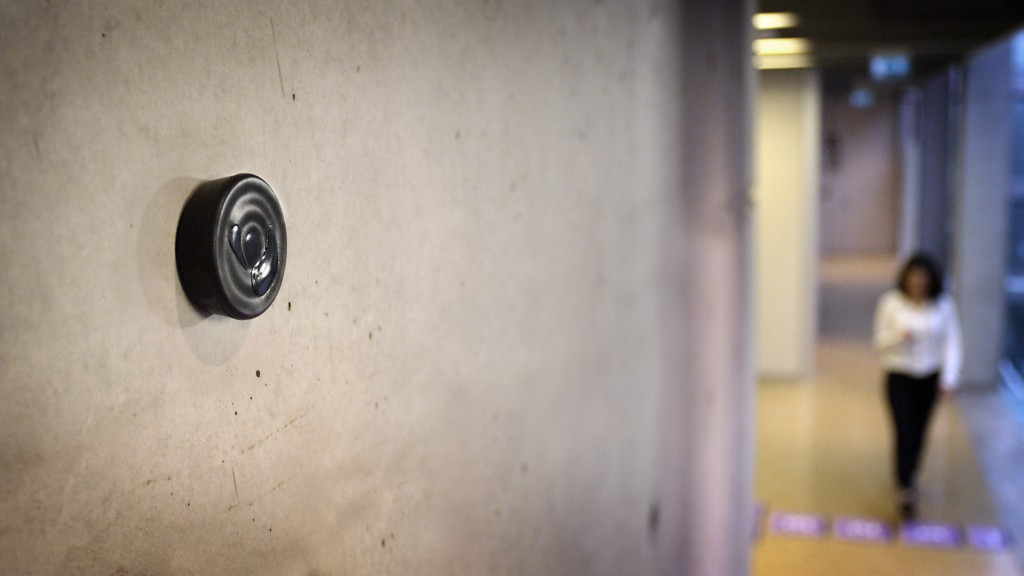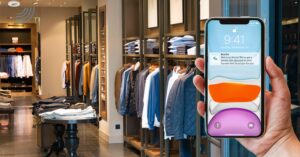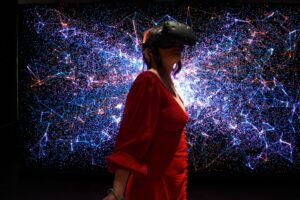While there are some myths around beacons, in this post we’re going to help you to learn the truth about beacons and explore the opportunities. Bluetooth Low Energy (BLE) is at the core of beacons. Once configured and installed, beacons can operate up to two years on a single coin battery. Smartness comes from the app which works subsequently the backend.
iBeacons Myth Busting
- iBeacons send content to a device.
Wrong. Beacons are just broadcasting a signal. This signal is interpreted by a mobile device and only if it matches up with an app on the users device, triggers an action in the app. In other words beacons cannot send content but your app can according to the signals it receives from beacons.
Imagine you have no available cellular or Wi-Fi connection, your app will still be triggered because beacons can work offline. This will be very useful for areas where Wi-Fi or cellular isn’t available. Alternatively, it can also work with back-end content stored in the cloud when the device is connected. The end goal of beacons is to provide contextually relevant information and experiences to the end user, in return for business intelligence.
- iBeacons are for iOS only.
Not strictly true as Apple is first to the market here. However, iBeacons is Apple’s trademark that hardware manufacturers can certify to Apple’s specification, allowing the manufacturer to use the term ‘iBeacon.’ The actual technology being used here is called Bluetooth Smart. This means that beacons can work with apps on any Bluetooth 4.0 device that includes support for BLE in the OS.
- iBeacons can be used for triangulation.
False. Devices can only derive the proximity from the BLE signal sent from a beacon. There isn’t currently a way to properly use beacons for triangulation. Beacons know whether a user is far, immediate or near. They don’t know the exact distance.
When it comes to indoor location, beacons will help with navigation by understanding which beacons are nearby to determine where a user is (e.g. in the entrance lobby or in aisle 12, section five of the depot.) It’s for this reason that triangulation isn’t really needed.
- iBeacons can be used for triangulation.
False. Bluetooth isn’t the battery hog that it used to be, the clue is in the name: Bluetooth Low Energy.
- iBeacons can prompt an app to be downloaded.
False. Beacons can’t trigger apps to download. Apps won’t be able to download automatically when a user gets near to a beacon. Beacons can only work with the apps they are designed to work with. Therefore if you didn’t download an app that works with beacons, no beacon could do that for you. User security and safety has been considered here!
Reference: http://mibeacons.com/news/top-ibeacons-myths/







